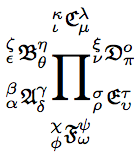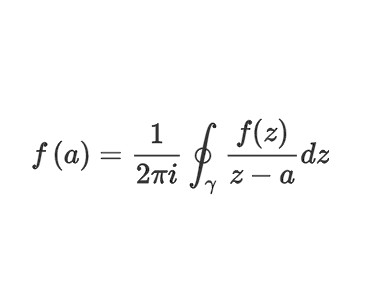| MathML 3.0 Is An International Standard |
| Written by Mike James | |||
| Friday, 03 July 2015 | |||
|
The story of MathML is not a happy one. It is a good idea - create a markup language for mathematical equations - but for some reason people just don't seem to want to get behind it. Will the new official status of MathML 3.0 make a difference? Given the technical nature of the web, you might have thought that the problem of representing mathematical equations in a web page would have been solved a long time ago - but no. So far the best attempt at an international standard is MathML. This is an XML based markup that can, in theory be mixed with HTML. The big problem is that about the only browser that supports it is Firefox, even though its first version was released in 1999.
Currently the Chrome team has just abandoned any attempts at implementing MathML and so has the IE team. Safari and Opera also support it, but in limited ways. Why? There are a number of possible reasons. The first is that mathematicians and other math users tend to be hooked on LaTeX. This markup language is so embedded in the mathematical community that it is the standard used for journal and text book submission. You can tell that starting from this point MathML is going to have a hard time replacing or even augmenting LaTex. The other factor working against MathML is the fact that MathJax is a JavaScript library that allows you to display LaTex formatted math in a browser - any browser. This more successful project was started by the American Mathematical Society and others and it has been adopted by and supported by a lot of influential organizations and web sites - the American Institute of Physics, Stack Exchange, Wikipedia and so on. What is more, MathJax also implements a MathML input option, not up to MathML 3.0 but at least it works in all browsers. Now we know why browser makers are ignoring MathML. JavaScript in the form of MathJax does the job for them. MathML becoming a standard should come as good news, but most mathematicians are still wedded to LaTeX. Moreover when they are introduced to the verbose MathML (it is XML after all) they don't consider it to be an improvement. For example in MathML 2+2 is:
In LaTeX it is just: \(2+2\)
At this point you might want to object that verbosity is irrelevant because both MathML and LaTeX are going to be generated by programs. What might surprise you is that a large number of mathematicians write LaTeX almost as their first language. In this case it does matter how verbose a notation is.
More InformationMathML 3.0 Becomes ISO/IEC Intenational Standard Related Articles
To be informed about new articles on I Programmer, install the I Programmer Toolbar, subscribe to the RSS feed, follow us on, Twitter, Facebook, Google+ or Linkedin, or sign up for our weekly newsletter.
Comments
or email your comment to: comments@i-programmer.info
|
|||
| Last Updated ( Friday, 03 July 2015 ) |



